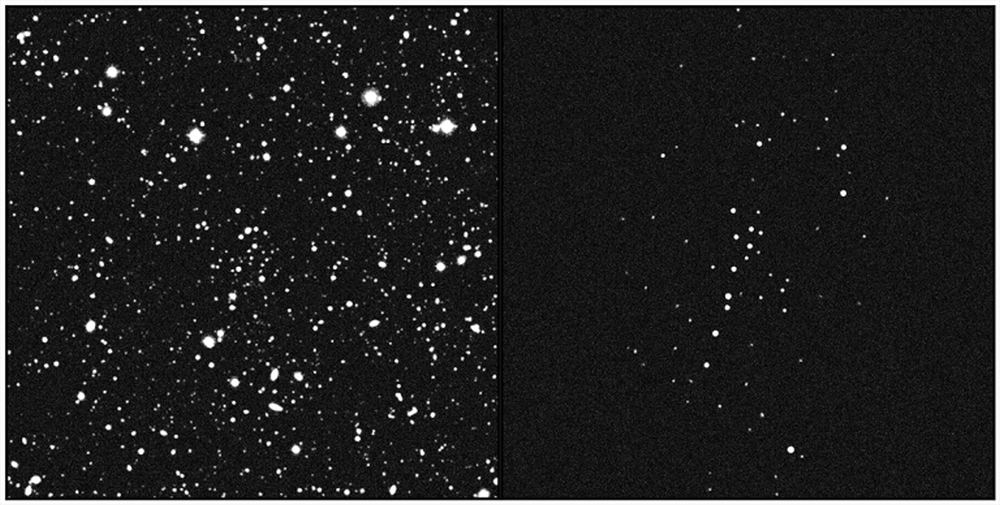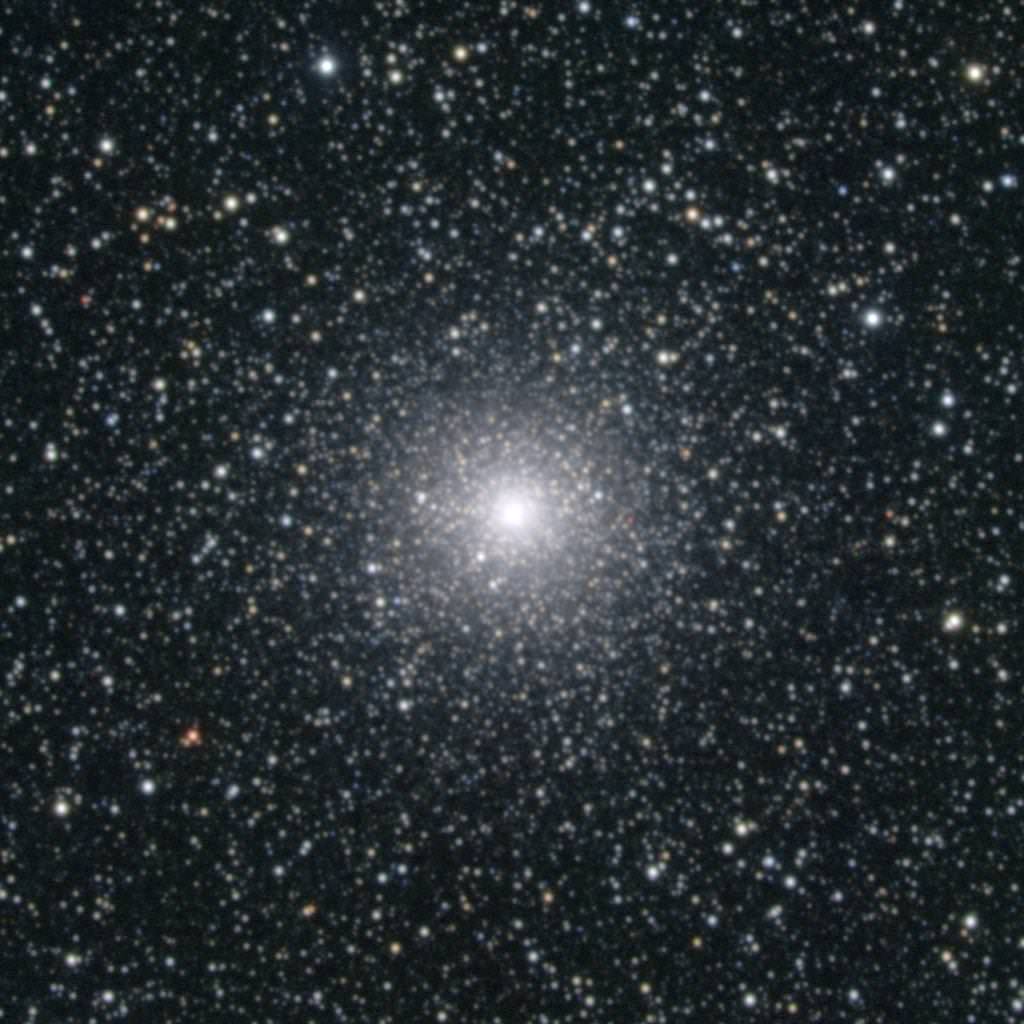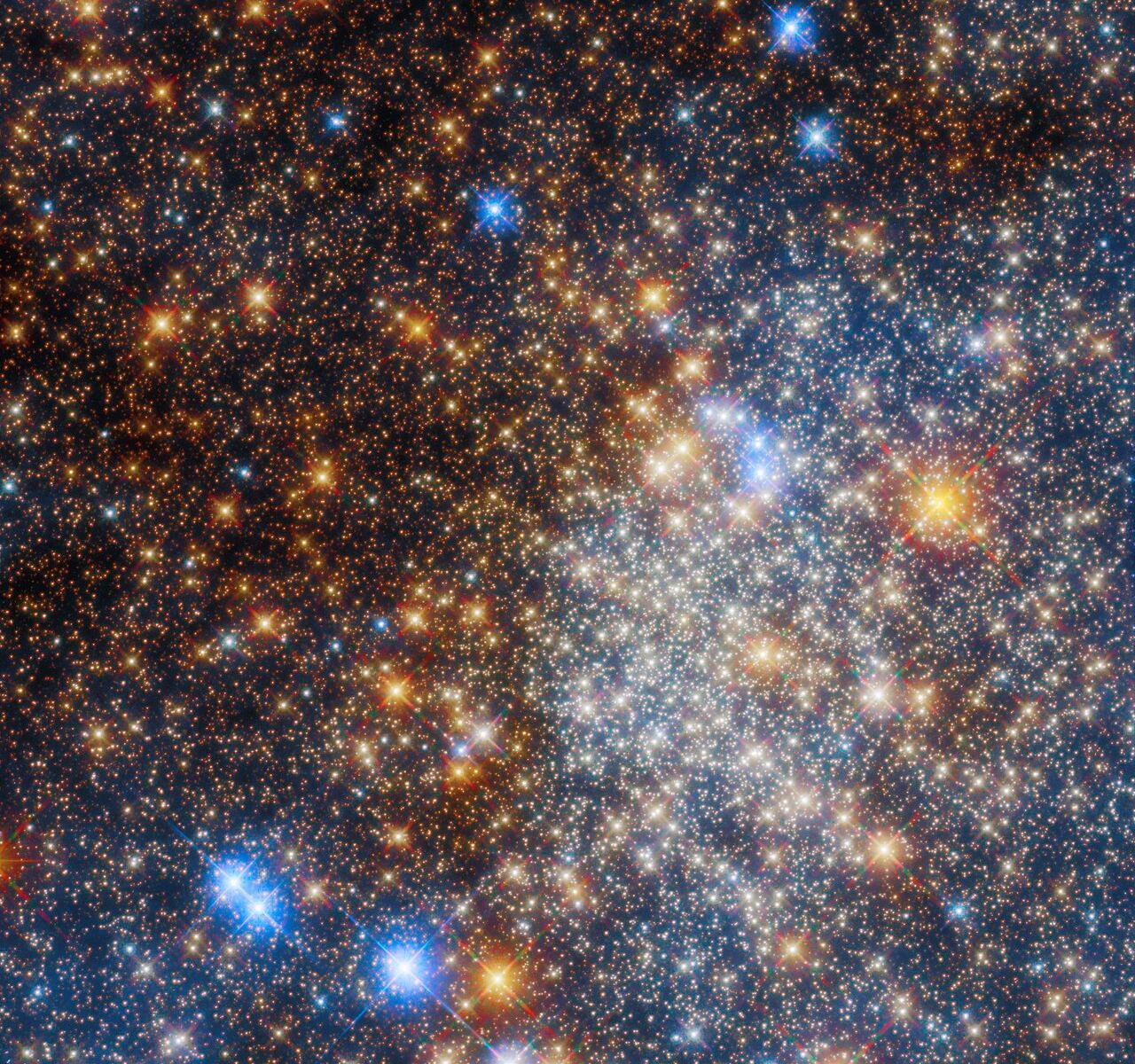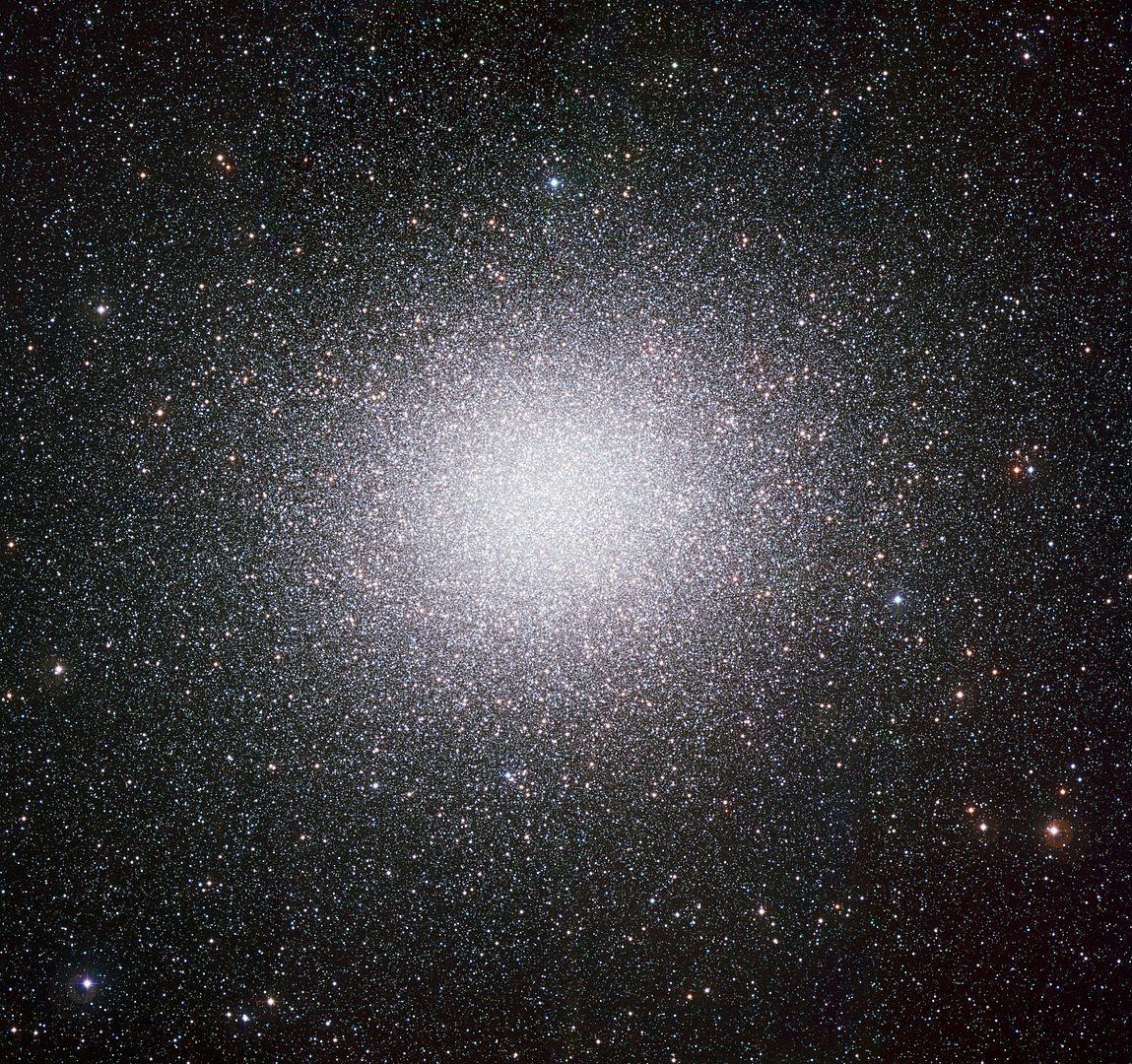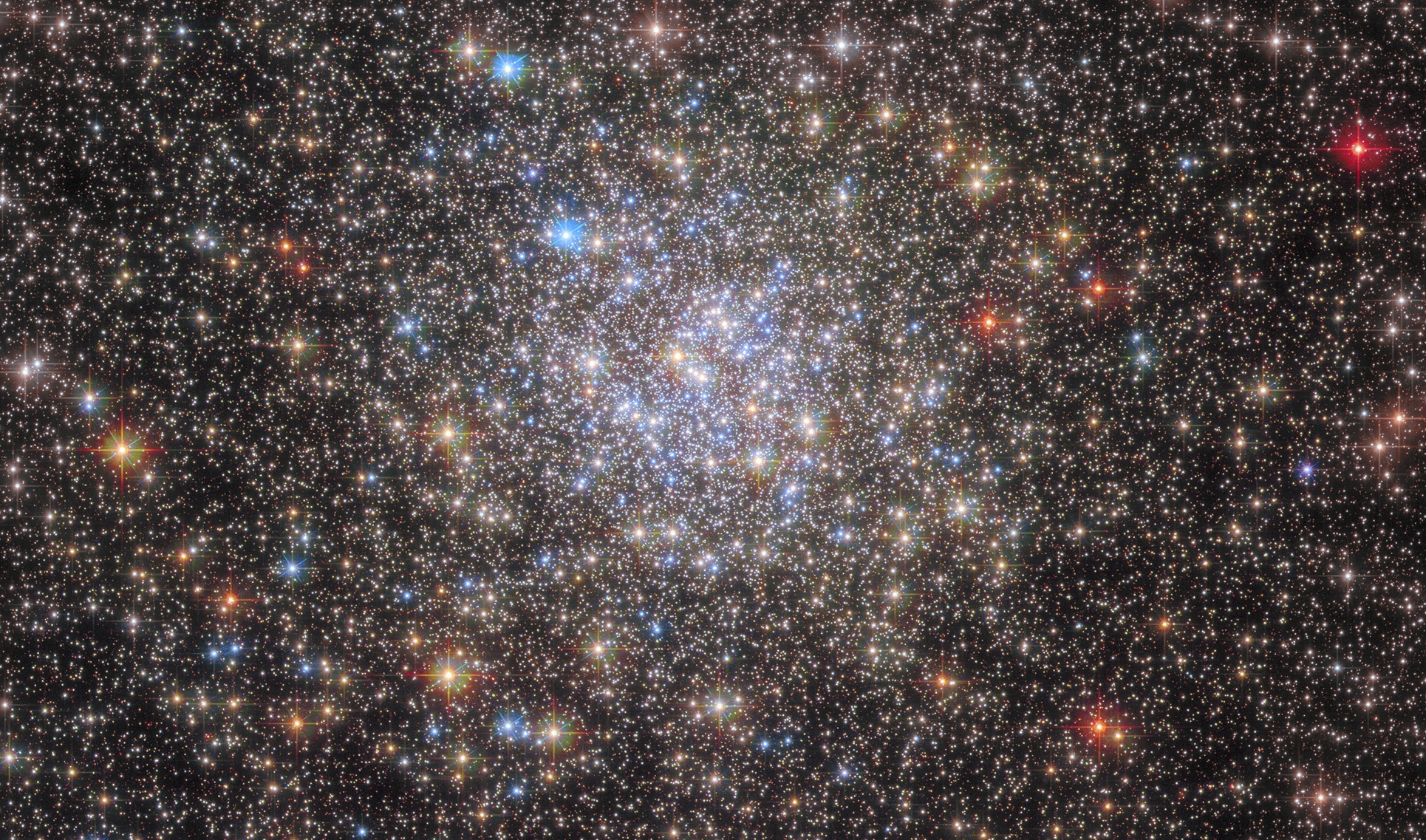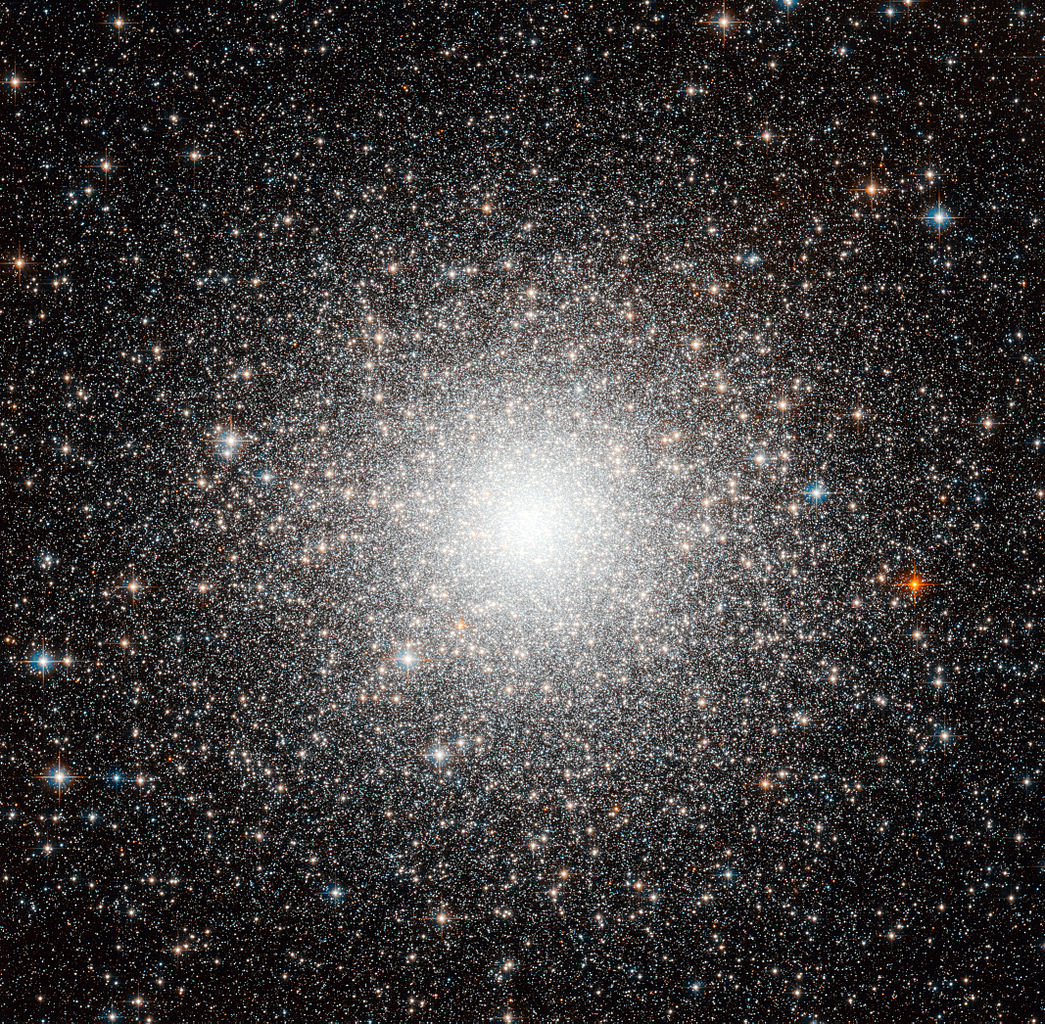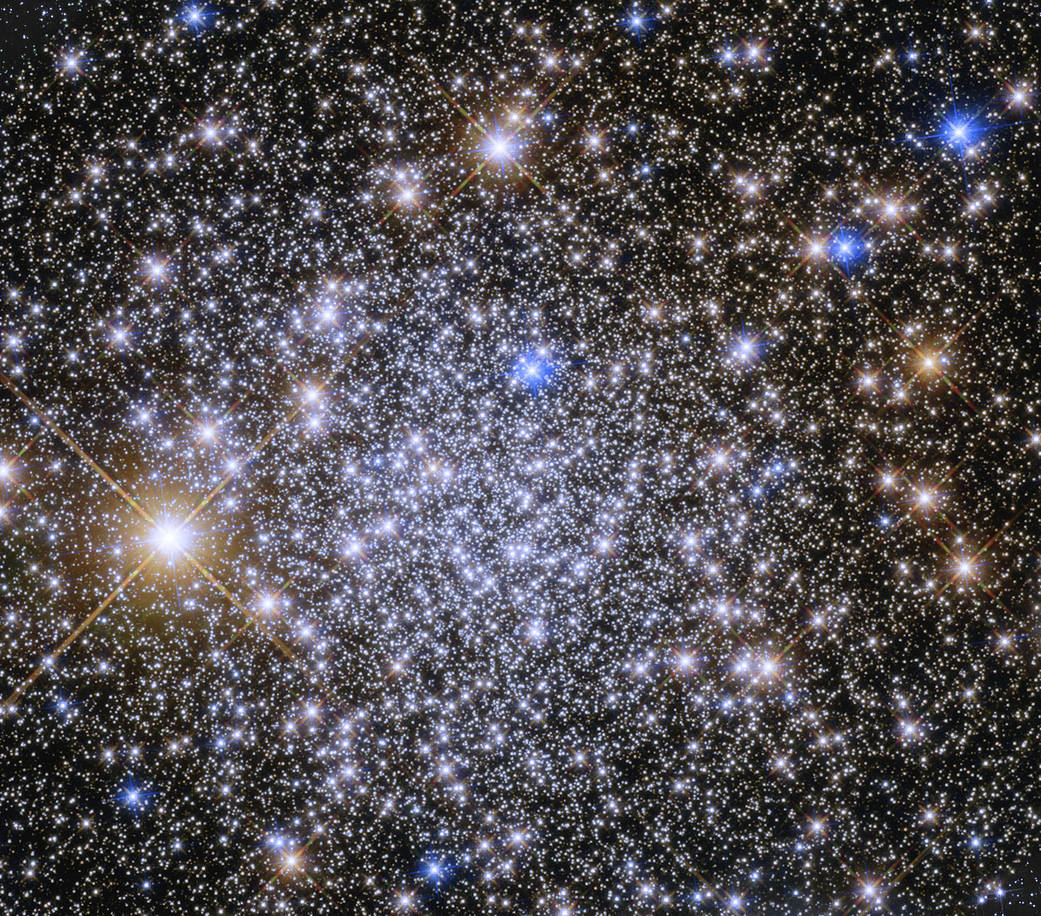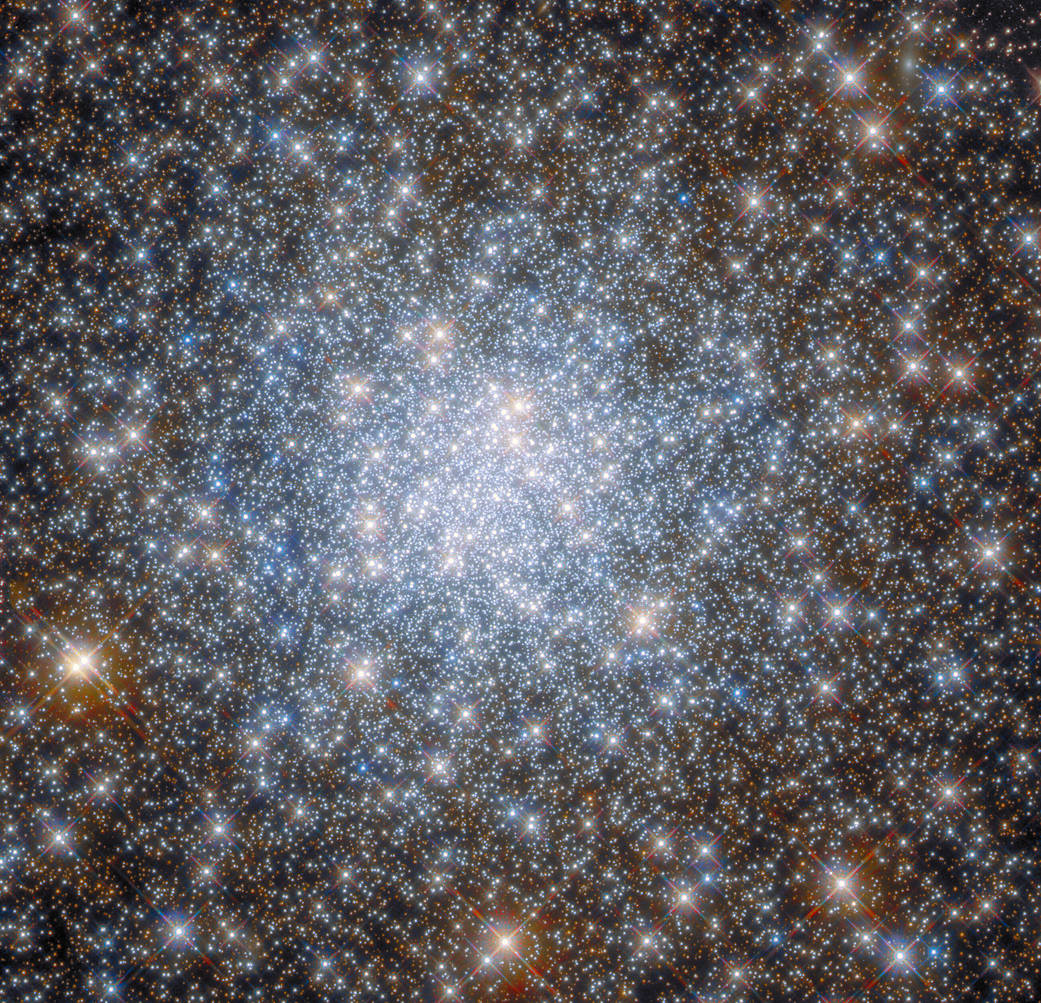Globular clusters are among the oldest objects in the Universe. The early Universe was filled with dwarf galaxies and its just possible that globular clusters are the remains of these ancient relics. Analysis of the stars in the clusters reveals ages in the region of 12-13 billion years old. A new paper just published shows that the globular clusters are home to two distinct types of stars; the primordial ones with normal chemical composition and those with unusual heavy amounts of heavier elements.
Continue reading “Globular Clusters Evolve in Interesting Ways Over Time”Globular Clusters Evolve in Interesting Ways Over Time


